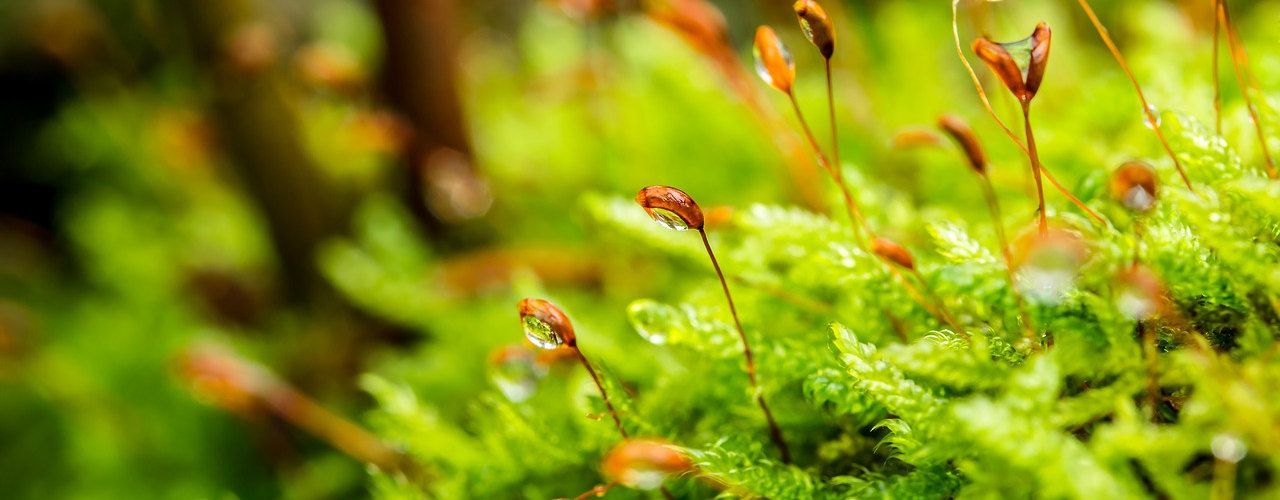Benoire Tunotu
An Illusionist and painter, Benoire Tunotu was the father of the field of painted illusions.
Mental characteristics
Personal history
Benoire was born in the south where the Rubefià Empire would later rise. His parents were merchants, and had two other children. Thus, Benoire found himself free of the family business and could find other pursuits. Contrary to modern expectations, Tunotu did not start out as an illusionist, however. He only received a cursory teaching from his parents as a child. Instead, Benoire focused all his energy upon art.
Unlike the north, painting was a respected artform in the Ràpà̃j Peninsula where he grew up. In 698 BD, Benoire apprenticed himself with an artist named Shàsia Muollei who had a respected workshop in the area. At 22, Tunotu moved out of the workshop and north, to paint the landscapes there. He funded his journey from portraits of local nobility, some of which are still displayed today.
A few years after his apprenticeship, Benoire began to hit a wall. His paintings were realistic, yes, but Benoire wanted more than that. He wanted to make someone feel as though they could reach inside his paintings like a window. He experimented with perspective and detail before turning to his childhood: illusions.
In 683 BD, Tunotu created his first fusion piece "Pol ve wun Meiy" or "View from the Top." Picturing the top of one of the nearby mountains, Tunotu uses illusions to add extra depth to the horizon shown in his piece. Furthermore, he also made the clouds move in the background. Tunotu wanted to use illusions to bring painting to the next level, rather than the other way around. Benoire considered the conventional use of illusions to be a waste and only covering up the real art.
Benoire went on to have a long career and multiple apprentices, and became a huge influence in the art field. Even without his magic, Tunotu was an talented artist, trained in southern artistic traditions. Painting hadn't been seen as high art in the northern mountains up until he came upon the scene and elevated it in society's eyes. This style of illusionist art came to be known as the Pettsine (/pɛtˈtsinɛ/) movement, and would continue for the next two centuries.
Unlike the north, painting was a respected artform in the Ràpà̃j Peninsula where he grew up. In 698 BD, Benoire apprenticed himself with an artist named Shàsia Muollei who had a respected workshop in the area. At 22, Tunotu moved out of the workshop and north, to paint the landscapes there. He funded his journey from portraits of local nobility, some of which are still displayed today.
A few years after his apprenticeship, Benoire began to hit a wall. His paintings were realistic, yes, but Benoire wanted more than that. He wanted to make someone feel as though they could reach inside his paintings like a window. He experimented with perspective and detail before turning to his childhood: illusions.
In 683 BD, Tunotu created his first fusion piece "Pol ve wun Meiy" or "View from the Top." Picturing the top of one of the nearby mountains, Tunotu uses illusions to add extra depth to the horizon shown in his piece. Furthermore, he also made the clouds move in the background. Tunotu wanted to use illusions to bring painting to the next level, rather than the other way around. Benoire considered the conventional use of illusions to be a waste and only covering up the real art.





Comments